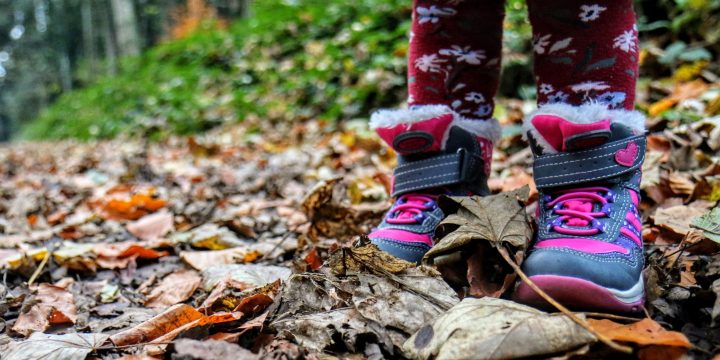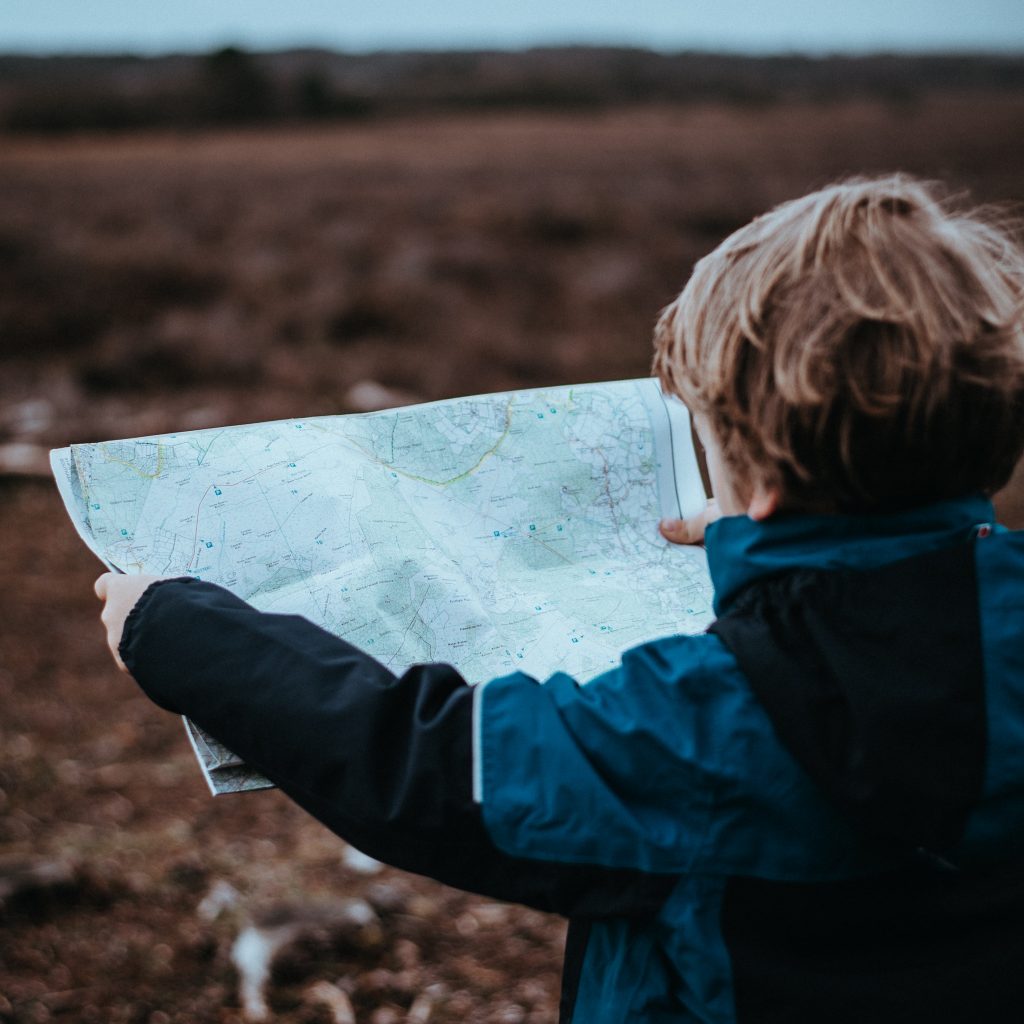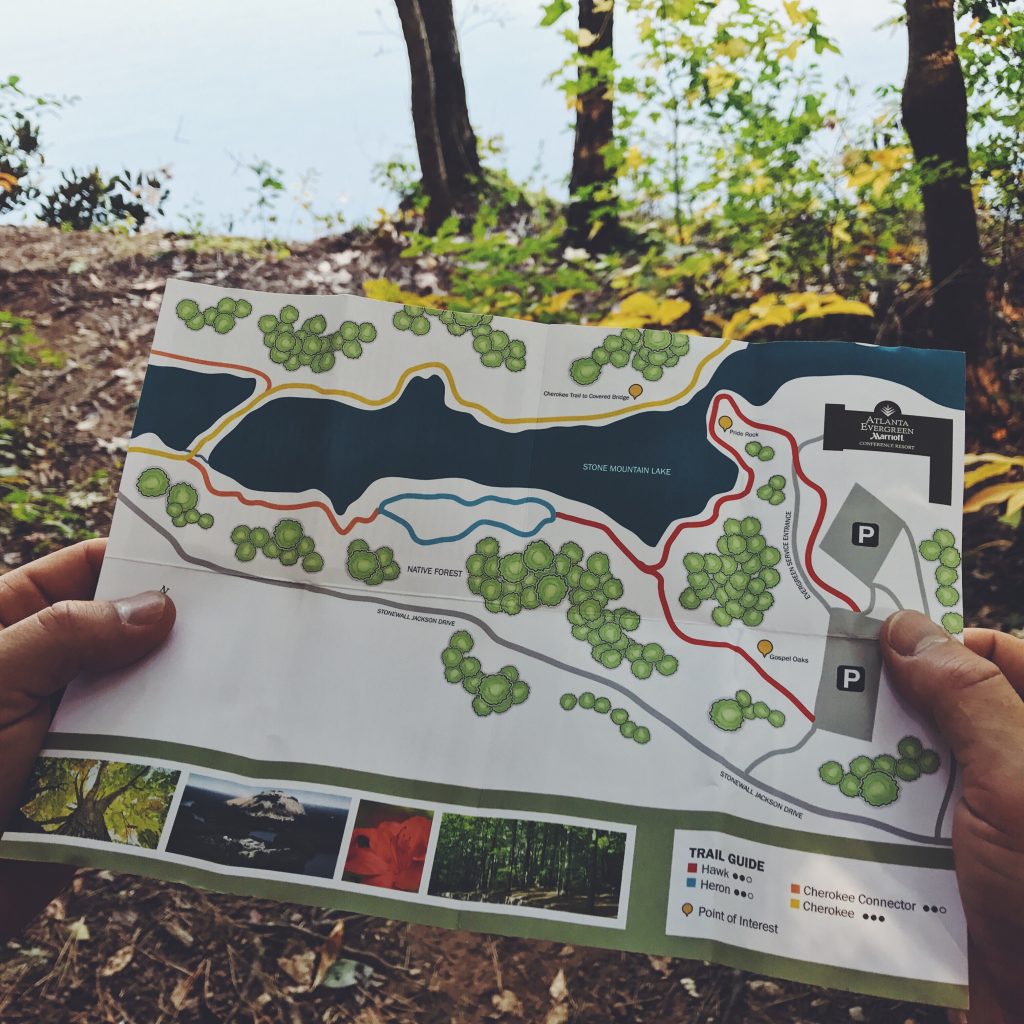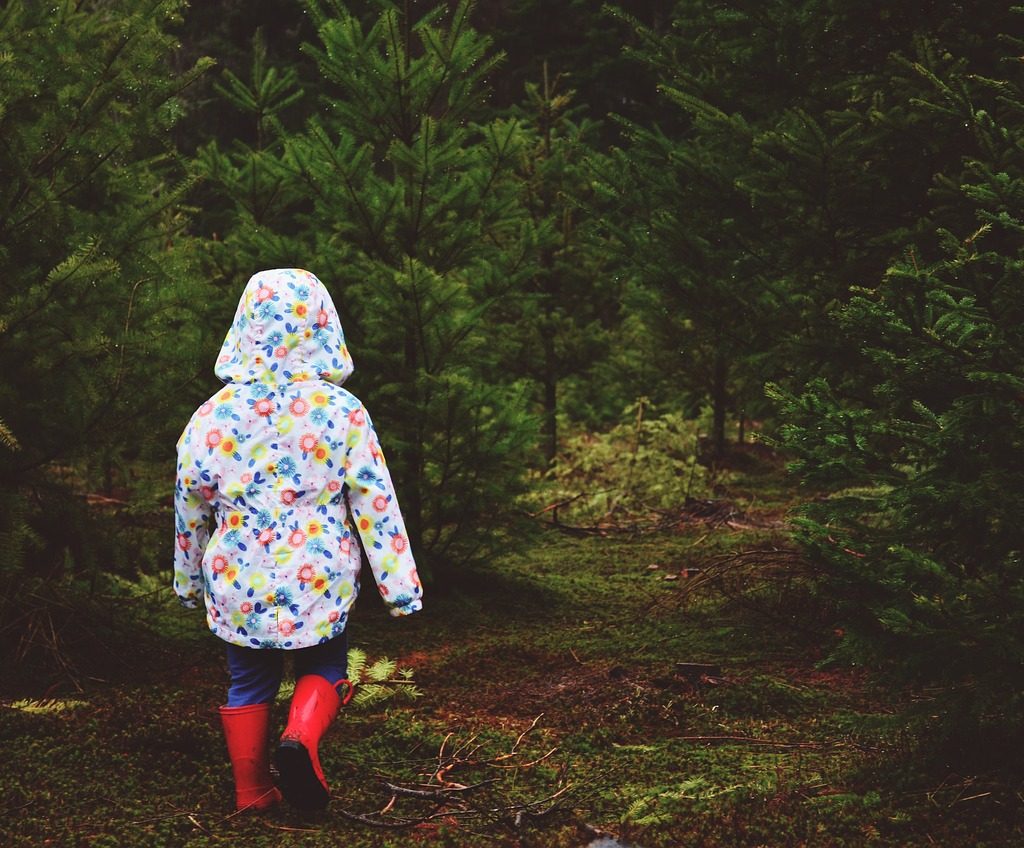
Why is it so important for kids (and grown ups!) to get outside?
There are a multitude of reasons, some obvious and some not so obvious. Spending time in nature creates stewards of the environment. This one is pretty obvious. Kids who spend lots of time in nature become attached to nature and are investing in protecting it. A U.S. Department of the Interior study found that the average American kid can identify 1000 corporate logos but can’t ID 10 plants and animals native to his or her area. The things we spend time with are the things we know. The things we know are the things we value. I want my children to know and value not just nature, but the people and places that surround them. This is one of the reasons I feel so strongly about special spots (aka sit spots.) Returning to the same place over and over again throughout the seasons allows one to build a special relationship with that place. It’s also why I love mapmaking with children. Naming is powerful.



You’ll also hear me talk about the academic power of nature. “Environmental integration” or “Environment as an integrating context” and even “Place-based learning” are all pedagogical strategies that use the environment as a strategy for learning. They make learning direct and hands-on and they have significant, measurable impacts on academic success. Dozens of peer-reviewed studies found environmental education has a positive academic impact. Because children are often naturally interested in and curious about the environment, environmental education can be an effective tool to teach an array of topics. Studies documented that students gained knowledge in a variety of areas, including the environment, mathematics, chemistry, biology, ecology, and more. In various studies, students and teachers reported that the students enjoyed taking part in environmental education activities, and that the “fun” factor enhanced motivation to learn. A year-long study of New York-based middle school teachers integrating Environmental; Education into their traditional learning curriculum noted that, “The hands-on aspect [of environmental education] is an equalizer…[for] students with a variety of learning styles and learning abilities. The kids who have trouble learning, and the kids who are super advanced—they’re all having the same discussions.”
Even more important than the academic success that environmental education can bring, is the increased motivation to learn. Cultivating a love of learning and the ability to problem solve and think critically is one of the most important things we can do for our children and students. And unfortunately a thing that is often lacking in our world of high stakes testing and increasingly standardized curricula. “The most important thing environmental education provides for students is passion and interest in learning. Environmental education creates meaningful learning experiences and engages students in ways that help them grasp and retain new information more effectively than conventional curricula.’ Dr. Doug Knapp, Indiana University Department of Recreation, Park, and Tourism Studies
The emotional and social skill-related benefits of nature and environmental education that a number of studies in the review documented include self-esteem, autonomy, character development, maturity, empowerment, verbal communication, leadership, poise, and the ability to collaborate with others.1,2,3,4,5,6,7
Research shows that people who spend more time in nature have better mental health outcomes and are more likely to report feeling happy. Nature can generate many positive emotions, such as calmness, joy, and creativity and can facilitate concentration. It’s also been shown to reduce anxiety and depression. Schools that incorporate green space see reduced behavior challenges and students that have more access to green space have measurably better emotional health.
Convinced? Here are some ways to start getting outside and developing a relationship with nature. Start small and don’t feel like nature has to mean a pristine stream deep in the woods somewhere– there is nature all around us.
Special Spots (sit spots)
